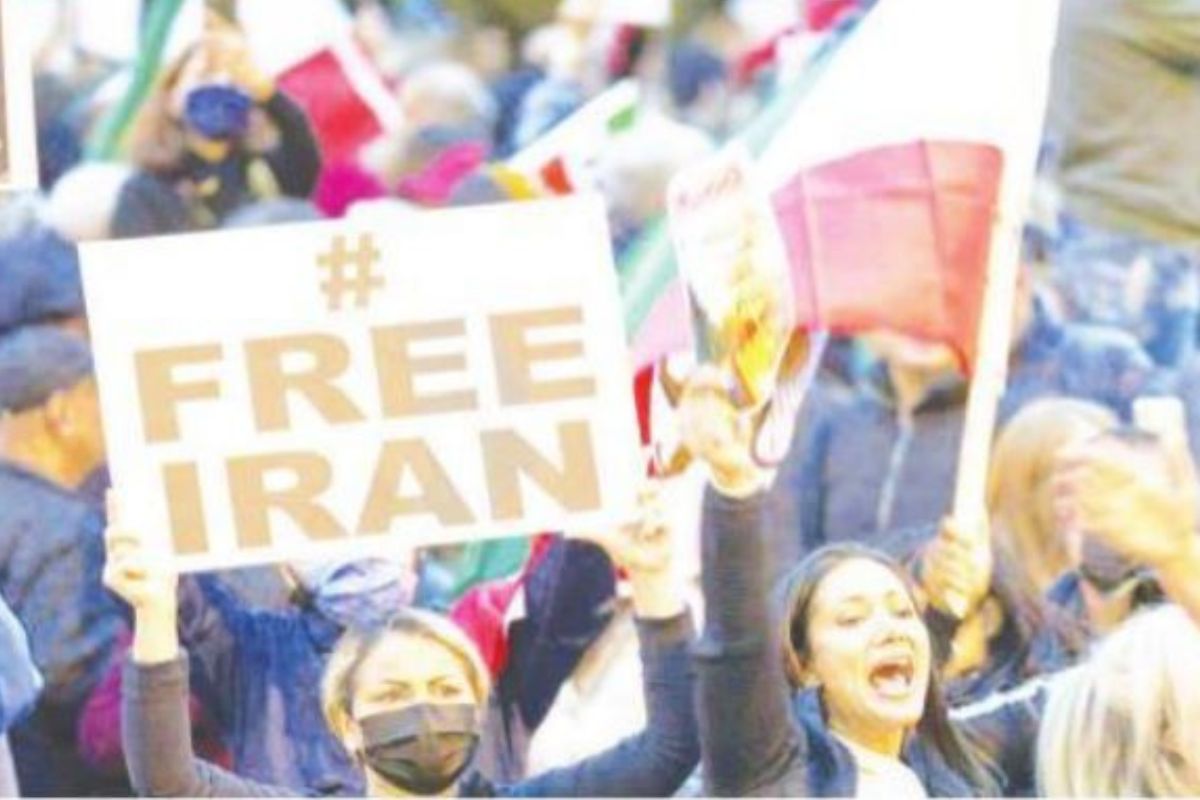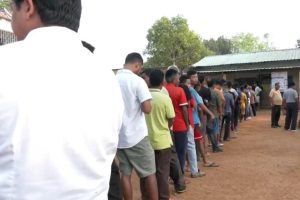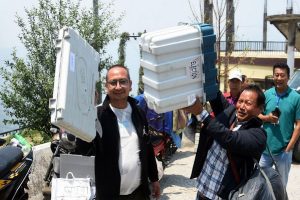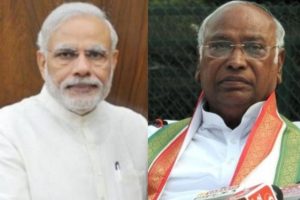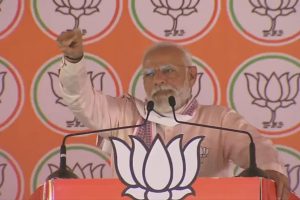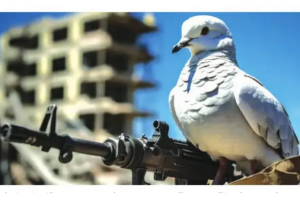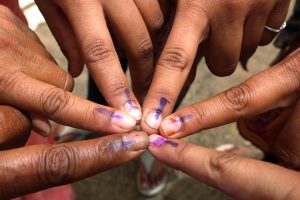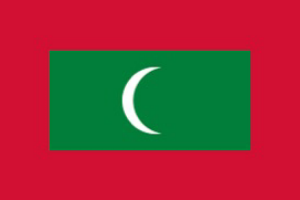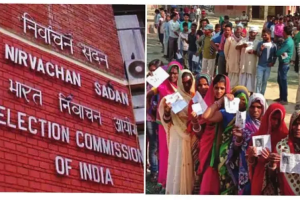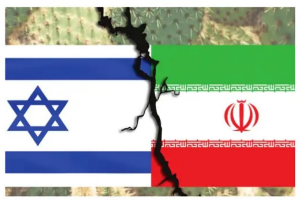Iranians have many reasons for revolting against their theocratic regime ~ more than 50 per cent inflation, 25 million ~ nearly 30 per cent of the population ~ living in poverty, unemployment above 10 per cent, endemic corruption, suppression of civil liberties and women’s unfreedom.
Street protests erupt regularly, yet the regime has not seen anything like the post-September 16th protests for a long time. On that day, a 22-year-old Kurdish student, Mahsa Amini, who was earlier detained by Iran’s notorious morality police for wearing the mandatory hijab incorrectly died after being beaten in custody in Tehran. The death tapped the deep well of grievances Iranians have been nurturing for a long time against the fundamentalist regime of the clerics.
Her death triggered widespread anger that made people flock to the streets in spontaneous protests, with women burning hijabs, and cutting off hair in public. They were joined by crowds of men and schoolchildren, chanting “Death to the Dictator” and “Death to Khamenei” against the ailing, 83-year-old Supreme Leader Ayatollah Ali Khamenei. The protests have now spread to more than 100 cities despite brutal repressions and unleashing of violence by the regime, which has already killed scores of people including girls. While families weep over their coffins, their seething anger erupts in fury and fearlessness against a regime that has so far only used the instrument of fear to keep them suppressed.
Given Iran’s complex and regimented theocratic system, the protests are unlikely to escalate into another Arab Spring. Indeed, democracy and hard-core Islam seem prima facie incompatible, as the failure of the Arab Spring in all countries where it had once ignited the hope of democratic transition amply demonstrates. More so for Iran, where those who exercise power are handpicked by the all-powerful Supreme Leader and lack accountability to citizens.
The Iranian Parliament, Majlis, is elected every four years but has to be okayed by the Guardians’ Council ~ a body comprising six theologians selected by Khamenei and six jurors nominated by the judiciary, whose head again is picked by Khamenei, like the head of the state TV and most other state functionaries. The Supreme Leader himself is chosen by an 88-member Assembly of Experts elected directly once every eight years from among those who pass a test on Islamic jurisprudence called Ijtihad.
Any dispute between the Guardians’ Council and Majlis is arbitrated by a 45-member Expediency Council appointed by the Supreme Leader. Real power thus rests not with the Majlis, but with the Supreme Leader and his cohort of clerics, people who are not elected directly and who take all major policy decisions in respect of the economy, education, and foreign policy. They can dismiss or reinstate cabinet ministers including the President at will and can even decide who can contest elections to the Majlis.
The Supreme Leader is beyond any criticism, and his decisions can be questioned only at the risk of severe punishment. Another power centre in Iran’s political landscape is the Islamic Revolutionary Guard Corps (IRGC), the fearsome military entity empowered with extraordinary powers to protect Iran’s national security. Like the Army in Pakistan, the IRGC is also synonymous with Iran’s Deep State and its goal is to preserve the fundamental Islamic nature of the Republic.
Besides IRGC, the Deep State also includes the judiciary, the religious bureaucracy and the powerful office of the Supreme Leader who exercises a pervasive oversight on all aspects of Iranian life, society, and governance. The Deep State is determined to preserve the status quo at all costs. In the process, if the Majlis and political reformers get marginalised, like the reformminded presidents Mohammad Khatami (1997-2005) or Hassan Rouhani (2013-21), the deep state couldn’t care less. Elections are often relegated to farce, like the heavily-rigged election in 2009 that returned the incumbent orthodox President Mohmmad Ahmadinejad (2005-2013), which sparked widespread protests that were quelled ruthlessly by the Deep State.
The Deep State had to assert itself again to reverse Rouhani’s reforms, fearing that granting more liberty and information access to citizens while improving women’s rights would lead to a situation akin to that in Gorbachev’s USSR. Faced with what it fears as an existential threat, it is again asserting itself now in trying to suppress the current protests with the most brutal violence inflicted by the state on its people, especially women.
Perhaps they fear that any softening would invite more demands for civil liberties and democratic rights. Khamenei has been ailing seriously for quite some time now, and the Deep State has to manage his succession. It is shaken to its roots by the ferocity of the fast-spreading protests that have eradicated the ethnic or linguistic divides in Iranian society. It had used such vicious methods in suppressing the labour protests in 2018 or protests against high prices in 2019 that had killed hundreds of people, but this time these methods are not yet proving effective.
Apparently, Iranians have had enough of the clerics. The economy is in a mess and the Rial has lost 80 per cent of its value since 2018 when President Donald Trump withdrew from the nuclear deal struck with Iran in 2015 and restored American sanctions. In many areas of the country, food prices have doubled in a year. The new hard-line President, Ebrahim Raisi, has no clue about anything.
In any case, his election was also managed by the Deep State, with popular alternatives being barred from contesting, just like in the 2020 parliamentary elections when half of the 14,000 candidates were disallowed including 90 sitting members of the Majlis. Voter turnouts were the lowest in both elections. When the choice is not between reforms and the status quo, but between fear and injustice, people become fearless. Hijab is just a trigger for a volcano that has been waiting to erupt.
Sharia treats men and women unequally and since the 1979 Iranian revolution, the Islamic Republic has continuously been making women’s life difficult. But Iranian women once knew freedom, and they are highly educated. They have been seething with rage at the clerics’ attempt to enforce the medieval diktats of the Sharia. Post-1979, the Islamic Republic began to enforce dress codes on women by banning tight-fitting clothes, bright colours, and makeup and of course making the Hijab, the shining diadem of the Islamists, mandatory. It lashed and jailed millions of women for violating the dress code. Iranian women have never accepted such an intrusion.
State media being government-controlled, they have flocked to social media with a vengeance where they mince no words in voicing their opposition to and hatred against the regime. Iran’s high mobile penetration of 130 million connections among its 86 million population and 84 per cent internet penetration, despite widespread censorship, have brought the outside world closer ~ people now want the same freedoms enjoyed elsewhere.
Online campaigns against the Hijab like “My Stealthy Freedom”, “Walking Unveiled” etc. have flourished, encouraging people to send videos of harassment by the morality police, even though it has been outlawed with 10 years imprisonment. Prominent Iranian women have come out in the open to express solidarity with the protesters; Fatemeh Sepehri, a women’s rights activist harshly publicly criticised the regime for killing protesters and Faezeh Hashemi, daughter of former President Akbar Hashemi Rafsanjani, also stated publicly that the Islamic Republic’s repression has been a thousand times worse than repression under the dictatorial rule of Mohammad Reza Shah Pahlavi in the 1960s and 1970s.
Both have been arrested and are in jail. To Islamists everywhere, the veil is the symbol ~ an identity marker ~ of their power over women and society. Iran’s Islamic Republic won’t allow its power to be undermined by relaxing the rules that might ultimately signal its collapse; to them, the veil is synonymous with the stability of the republic. Sure, it is capable of unleashing great violence against its own people, as seen by the killing of 16-year-old girls like Sarina Esmailzadeh in Gohardasht and Nika Shakarami in Tehran.
But when all hopes for change are dead and electoral and other channels for reform are closed, people often resort to violence, as history has shown time and again. Even in Iran, the protests closely resemble the situation in the 1960s, when the US-backed Shah closed all political channels for reform. The secret societies advocating armed struggle, like the Marxist revolutionary rebels in Algeria, China and Cuba mushroomed in Iran, and the ensuing violence eventually led to the 1979 revolution that unseated the Shah. The current wave of protests can indeed spark much greater upheaval.
This time women are leading the revolution in the streets and even schoolgirls are taking part. Ever since the protests began, the morality police have disappeared from the streets. Maybe the authorities will be forced to relent a little by relaxing some enforcement of veiling without changing the law. Khamenei recently stated that many Iranians who do not wear “full hijab” are still “among the serious supporters of the Islamic Republic”. If not handled properly, the theocratic regime may face the risk of implosion and eventual collapse.

